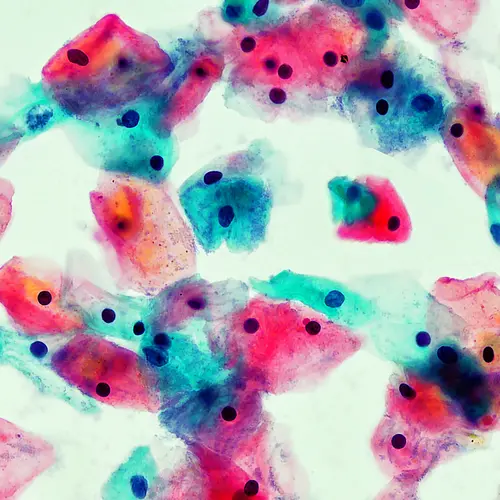A pathology report is a medical document that gives information about a diagnosis, such as cancer. To test for the disease, a sample of your suspicious tissue is sent to a lab. A doctor called a pathologist studies it under a microscope. They may also do tests to get more information. These findings go into your pathology report. It includes your diagnosis, if and how much your cancer has spread, and other details. Your doctor uses this report to decide on your best treatment course.
What’s in a Pathology Report?
Pathology reports can vary depending on what type of cancer you have. You may read about different tests and terms. But most reports usually have these sections. They use technical medical language and jargon, so check with your doctor if you have any questions.
Identifying information: This has your name, birth date, and medical record number. It also lists contact information for your doctor, the pathologist and lab where the sample was tested. There are also details about your tissue sample, or specimen. It includes what part of the body it’s from and whether it was removed with surgery or a biopsy.
Gross description: The pathologist describes the tissue sample without using a microscope. They may record its size, shape, color, weight, and what it feels like. Cancers are often measured in centimeters. Remember that size is only a part of the whole picture. Sometimes large tumors can grow more slowly than smaller ones.
Microscopic description: The pathologist slices the tissue into thin layers, puts them on slides, stains them with dye, and takes a detailed look with a microscope. The pathologist notes what the cancer cells look like, how they compare to normal cells, and whether they’ve spread into nearby tissue.
This section of your report has a number of details that guide your diagnosis and treatment. They can include:
Grade: The pathologist compares the cancer cells to healthy cells. There are different scales for specific cancers. A tumor grade reflects how likely it is to grow and spread. In general, this is what those grades mean:
- Grade 1: Low grade, or well-differentiated: The cells look a little different than regular cells. They aren’t growing quickly.
- Grade 2: Moderate grade, or moderately differentiated: They don’t look like normal cells. They’re growing faster than normal.
- Grade 3: High grade, or poorly differentiated: The cells look very different than normal cells. They’re growing or spreading fast.
Invasive or non-invasive: Non-invasive, or "in situ," cancers stay in one specific part of the body. Cancers that spread are called invasive. Metastatic cancer is when the disease spreads to another part of the body from where it started.
Tumor margin: For the pathology sample, your surgeon took out an extra area of normal tissue that surrounds the tumor. This is called the margin. The pathologist will study this area to see if it’s free of cancer cells. There are three possible results:
- Positive: Cancer cells are found at the edge of the margin. This may mean that more surgery is needed.
- Negative: The margins don’t contain cancerous cells.
- Close: There are cancerous cells in the margin, but they don’t extend all the way to the edge. You may need more surgery.
Lymph nodes: Your lymph nodes are small organs that are part of your immune system. Your doctor may biopsy nearby lymph nodes to see if the cancer has spread. They’re positive if they have cancer and negative if they don’t.
Mitotic rate: This is a measure of how quickly cancerous cells are dividing. To get this number, the pathologist usually counts the number of dividing cells in a certain amount of tissue. The mitotic rate is often used to find what stage the cancer is in.
Cancer stage: Staging helps your doctor decide what treatments will work best. The most common staging system is the TNM system where the T describes the original cancer, the N states if the cancer has spead to nearby lymph nodes and the M states if the cancer has spread to other parts of the body.Most cancers are assigned an overall stage with a Roman numeral I-IV (1 to 4) based on where it is and how big it is, how far it has spread, and other findings. The higher the stage, the more advanced the cancer. Some cancers have a stage 0, which means it’s an early-stage cancer that has not spread.
Diagnosis: The pathologist will weigh all of these findings and make a diagnosis. It will usually contain the type of cancer, tumor grade, lymph node status, margin status, and stage.
Comment: If your cancer is tricky to diagnose, the pathologist may write extra comments. They can explain the issue and recommend additional tests.

